Oman plans pipeline to Iran as US sanctions loom
Tue 02 Oct 2018, 17:28:37
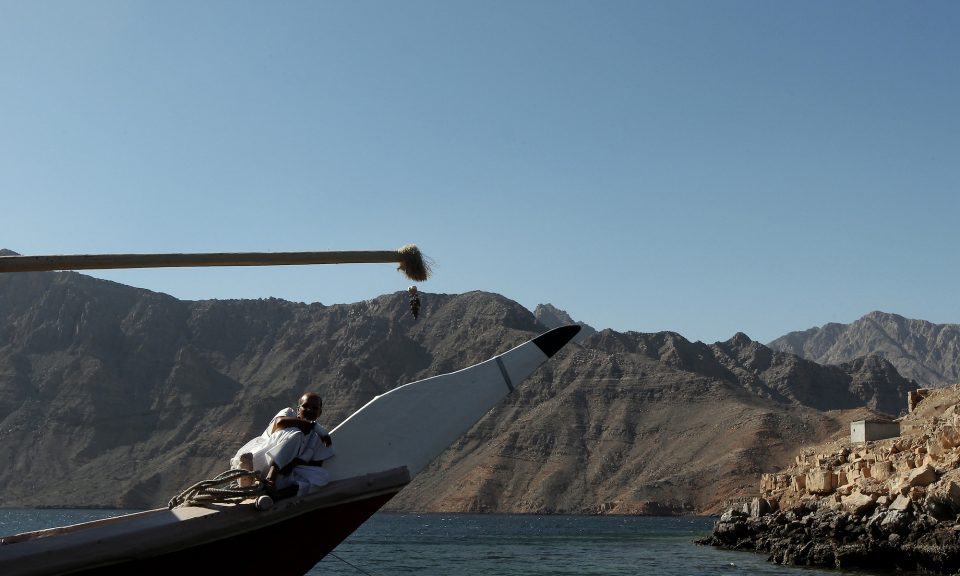
While recent winters have sometimes seen a sprinkling of snow on the jagged peaks of Oman’s mountains, this is not the main reason the Gulf sultanate is widely known as the “Switzerland of Arabia.”
That title comes more from its decades-old policy of neutrality and mediation, with Oman often providing a channel of communications between warring parties, while staying well out of the disputes raging around it.
Now though, with the United States ramping up pressure on Iran with backing from fellow Gulf states Saudi Arabia and the UAE, there is growing uncertainty in the sultanate as to how much longer that neutrality can last.
In the pipeline
The Iran-Oman gas pipeline, a major energy and engineering project, was agreed to last year after more than a decade of talks. A joint committee was formed to finalize the deal in July.
With an estimated cost of $1.2 billion, the pipeline would send 28 million cubic meters per day of Iranian natural gas to Oman via Iran’s southern port of Kuhmobarak, according to a January statement from the National Iranian Gas Company.
Kuhmobarak lies on the Sea of Oman, outside the strategically vital Strait of Hormuz, through which about 30% of the entire world’s daily seaborne oil and gas supply passes. From there, the pipeline would pass through waters sometimes 1,000 meters deep to Oman’s northern port of Sohar.
The gas would then be converted into LNG for export or could be used in Oman, which for some years now has seen its own reserves dwindling, hampering its economic growth.
“The gas export pipeline from Iran is designed to support Oman’s economic diversification project,” Jessie Moritz, from the Centre for Arab and Islamic Studies at the Australian National University, told Asia Times.
“Oman’s gas consumption, driven by this diversification, as well as electricity generation, has been rising rapidly, and over the past couple of years they’ve been dealing with serious gas shortages.”
Oil and gas executives privately suggest that recent gas discoveries in Oman may dampen the commercial case for the pipeline in the medium to longer-term.
“Oman has unexpectedly gone from being gas-short to gas-long,” one oil and gas executive, who did not wish to be named given the sensitivities, told Asia Times.
But there remain strong motivations to realize the project. “Some here still want to go ahead with the pipeline, though, as it ties Iran into this side of the Gulf and this side of the Gulf into Iran,” the executive said.
There is another factor, too, behind the pipeline.
“Oman wants to use its location beyond the Strait of Hormuz to establish itself as an outlet for other countries’ oil and gas,” said
Omani academic Abdullah Baabood.
Omani academic Abdullah Baabood.
The Strait has frequently been a flashpoint between Iran and the US. In August, the Iranian Revolutionary Guards claimed they had control of the narrow channel, while the US navy has repeatedly stressed its determination to keep it open – by force if necessary.
Oman’s ports lie outside this potential choke point, on the Indian Ocean, with recent years seeing both the United Arab Emirates and Saudi Arabia also consider pipelines to these as a way to circumvent the Strait and its potential dangers.
While such ideas have so far come to nothing, the overall strategic logic undoubtedly remains.
Political plays
Muscat has enjoyed good relations with Tehran since before the 1979 Islamic Revolution, with the Shah’s troops helping the current Sultan put down the Dhofar revolt in the early 1970s.
Oman has also maintained good relations with the United States through a free trade agreement, basing rights for American forces and cooperation against terrorism just some of the links.
The sultanate played an important back-channel role in facilitating the Iran nuclear deal during the Obama years. Trump, however, withdrew from the agreement in May.
Now, with the Trump administration preparing to re-introduce sanctions on Iran’s petroleum sector next month, there are major question marks over the pipeline’s viability.
“Oman faces the same dilemma as many other countries that wish to maintain good relations with Iran whilst remaining in the good graces of Washington and Riyadh,” John A Calabrese, Scholar-in-Residence at the US-based Middle East Institute, told Asia Times.
“In some ways, this balancing act is more difficult for Oman than for others, given its geographic proximity to the epicenter of conflict.”
Oman has officially stated it is continuing to develop the pipeline project.
In June, Oman’s oil minister Mohammed Al-Rumhy declared: “We are still going ahead” with the pipeline, sending tender documents out to interested companies.
Al-Rumhy suggested Oman would continue to move forward with the project as Muscat was “still waiting for the detail of the sanctions.”
The US Treasury has announced it will reimpose sanctions on the purchase of Iran’s petroleum, petroleum products and petrochemical products, namely transactions with the National Iranian Oil Company, starting Nov. 5.
Muscat hopes that ban will be applied to Iranian oil exports only, rather than gas.
In the meantime, the pipeline remains on paper only, as Muscat waits to see what the new sanctions regime entails. The narrow channel between Oman and Iran is proving ever wider when it comes to international affairs
No Comments For This Post, Be first to write a Comment.
Most viewed from International
Most viewed from World
AIMIM News
Latest Urdu News
Most Viewed
May 26, 2020
Do you think Canada-India relations will improve under New PM Mark Carney?
Latest Videos View All
Like Us
Home
About Us
Advertise With Us
All Polls
Epaper Archives
Privacy Policy
Contact Us
Download Etemaad App
© 2025 Etemaad Daily News, All Rights Reserved.

.jpg)
.jpg)
.jpg)
.jpg)
.jpg)
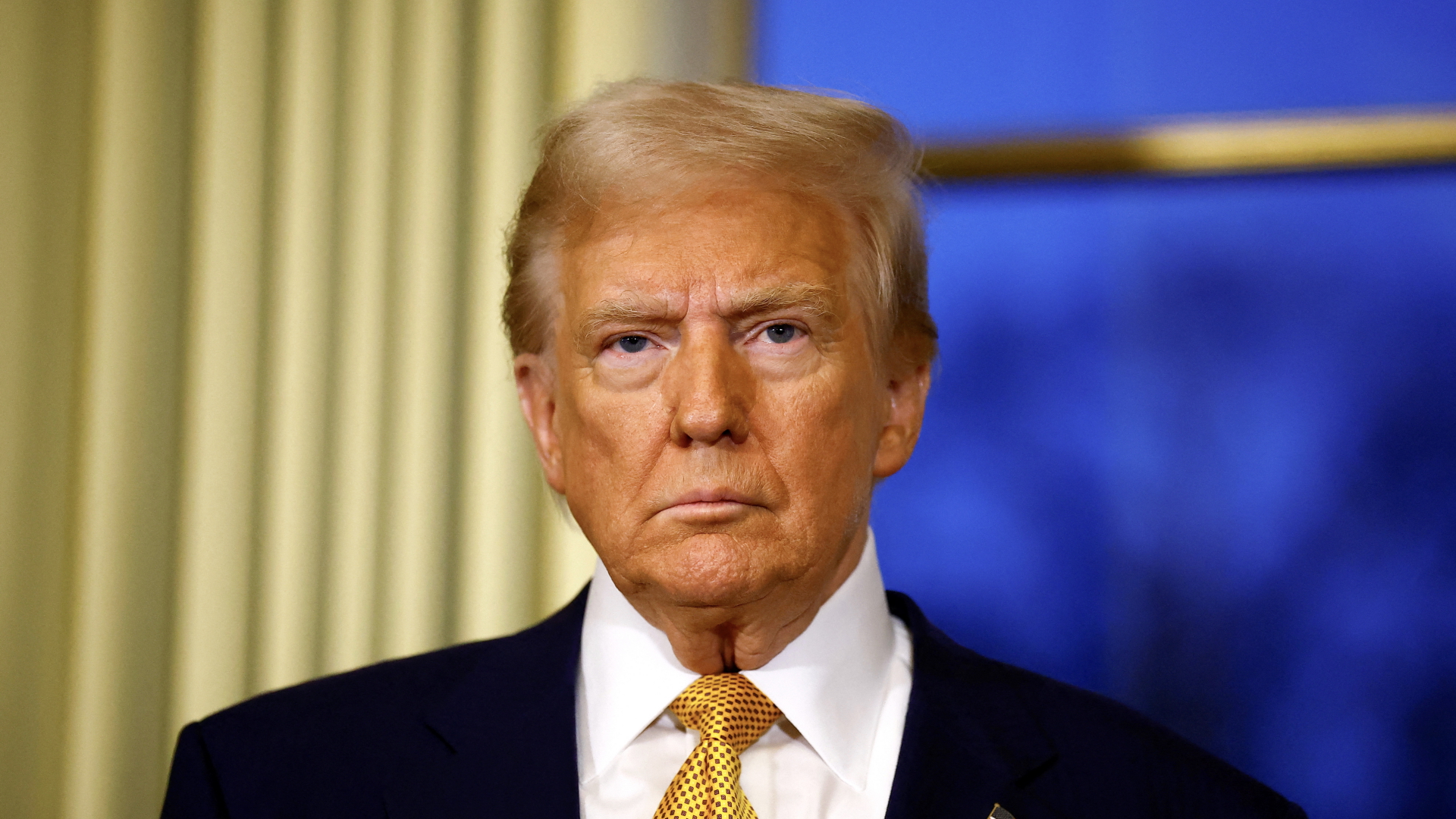
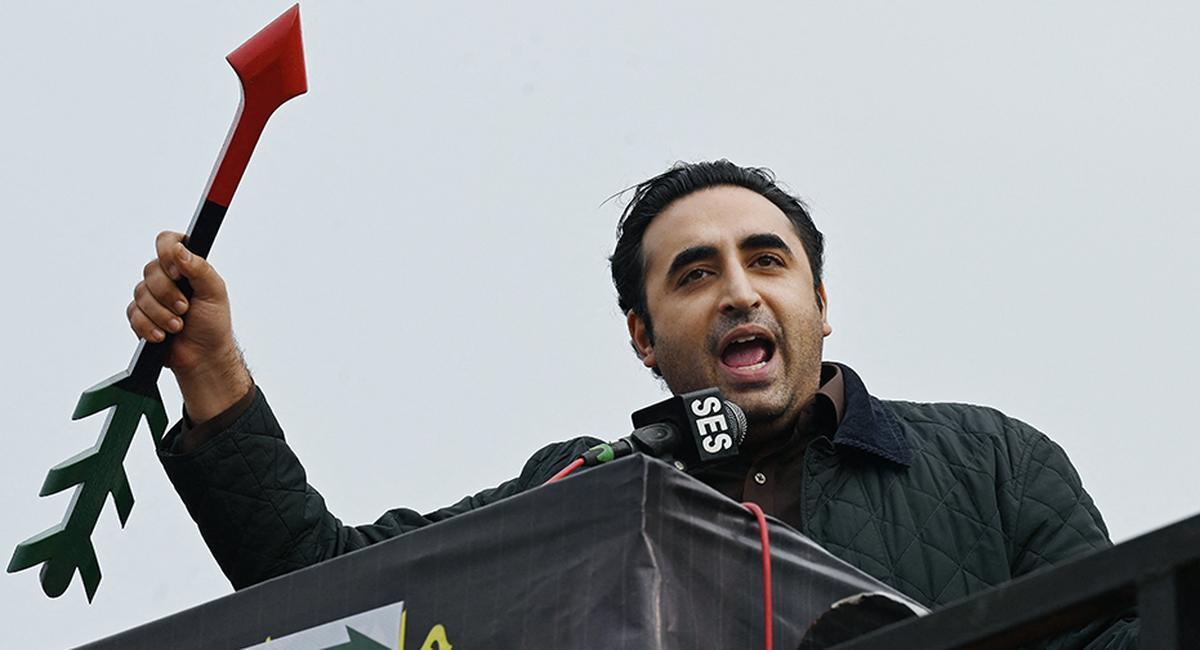
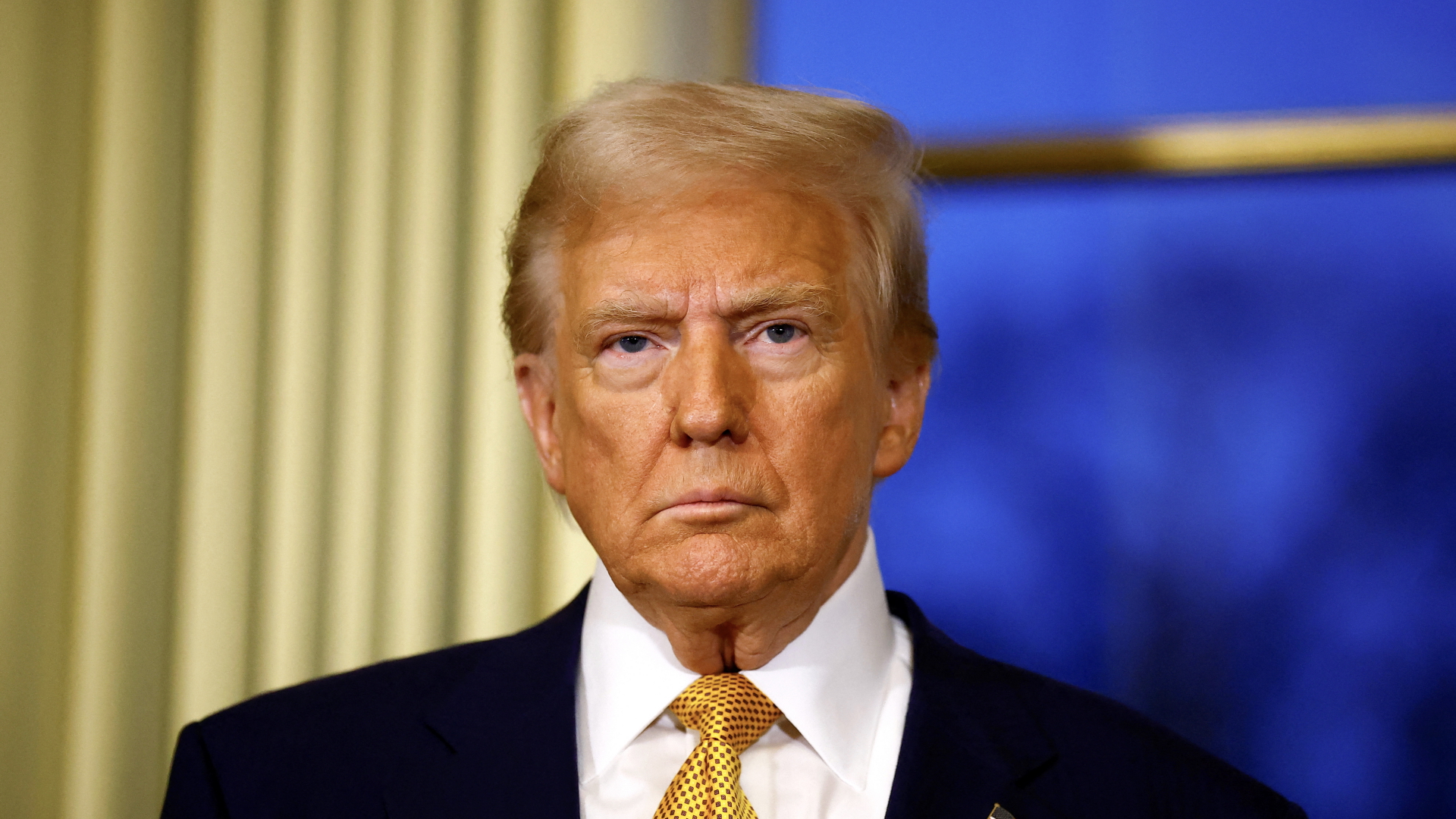
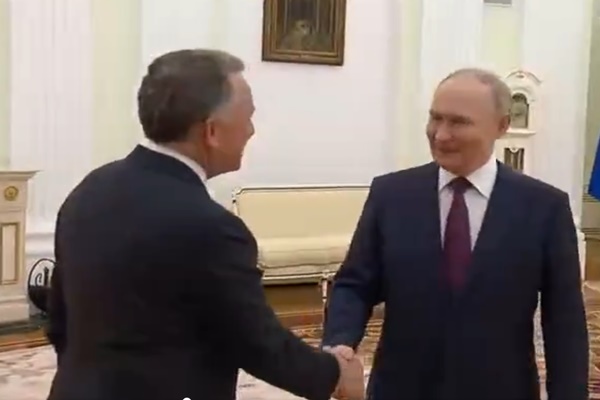
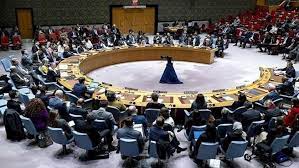
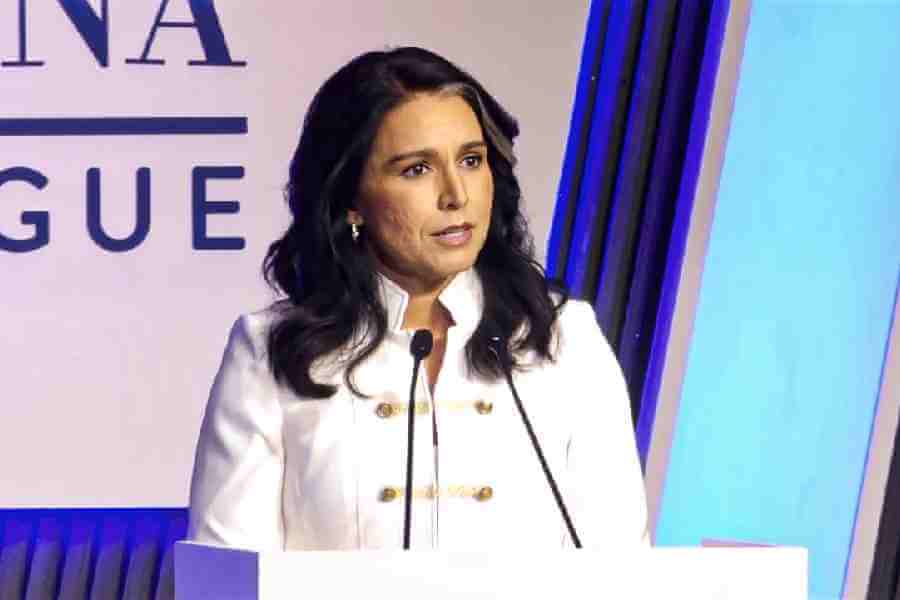
.jpg)
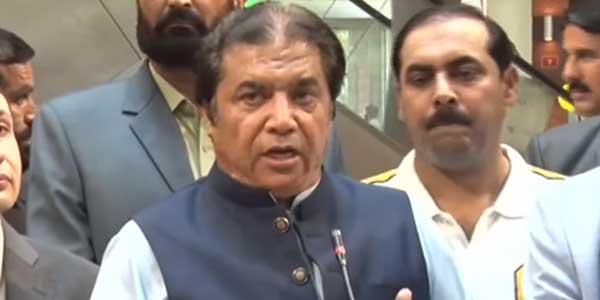
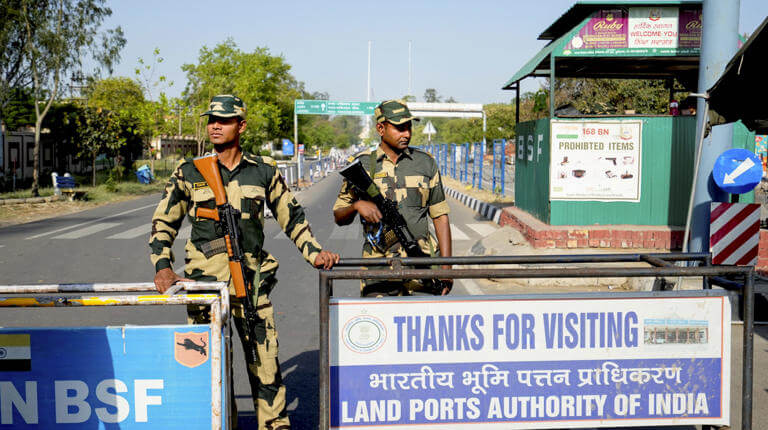




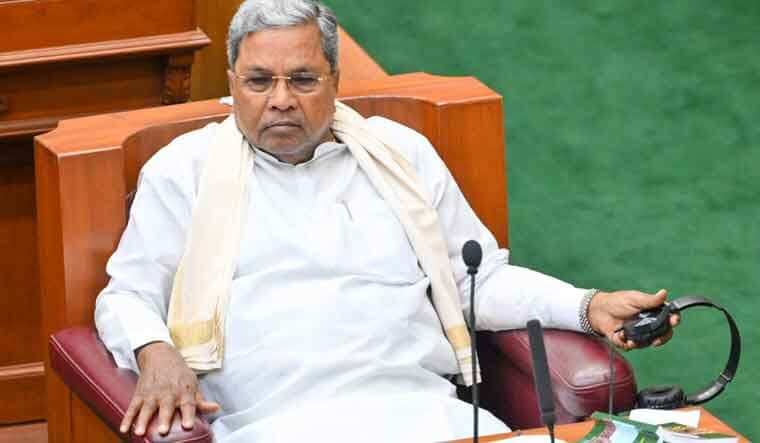
.jpg)
.jpg)
.jpg)
.jpg)
.jpg)

















